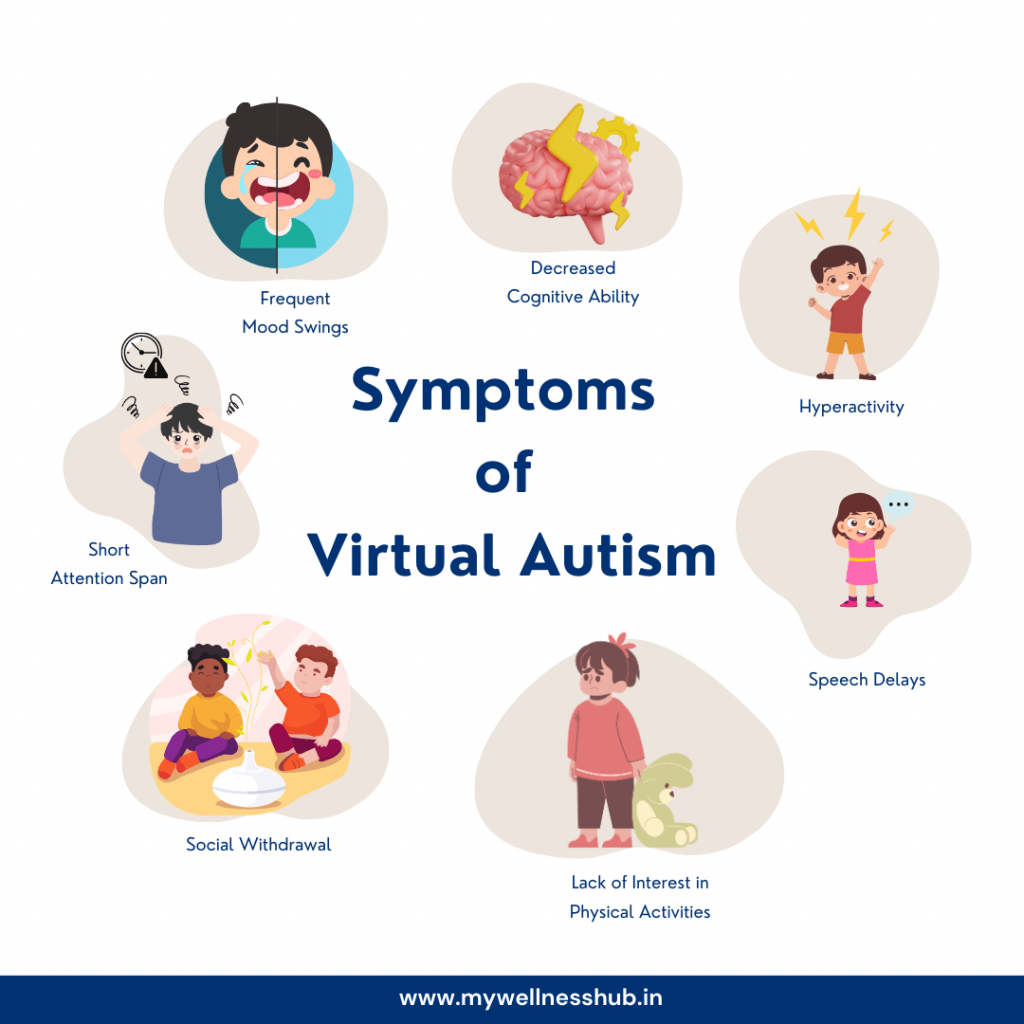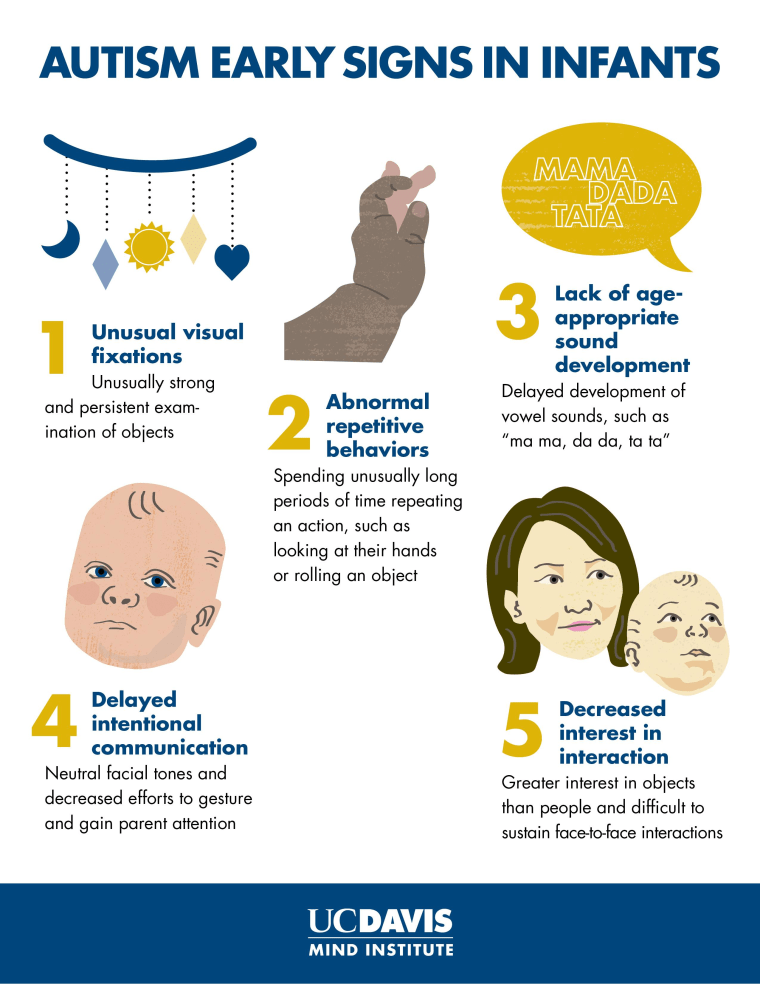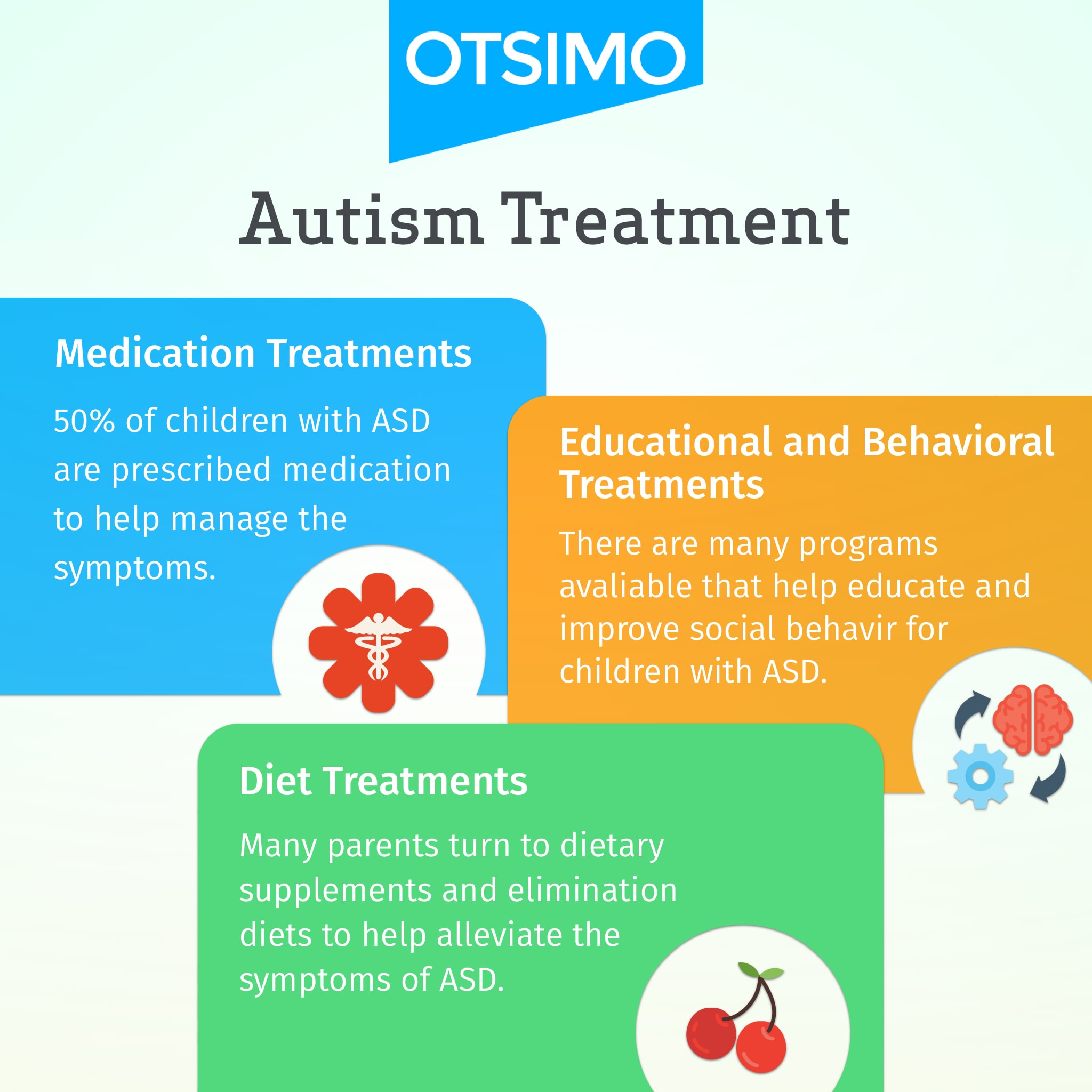Understanding the Impact of Behavioral Autism on Daily Life and Social Interactions
You could not realize exactly how deeply behavior autism impacts day-to-day life and social interactions. People on the spectrum commonly browse a world filled with communication obstacles and sensory overload. These challenges can lead to disappointment and isolation, influencing their relationships and overall health.
Specifying Behavioral Autism and Its Features
Behavior autism, typically referred to as autism spectrum disorder (ASD), encompasses a series of problems characterized by obstacles in social interaction, interaction, and repeated behaviors. You might see that individuals with ASD often struggle to analyze social hints, which can bring about misunderstandings in discussions. They might find it tough to develop eye contact or engage in little talk, making social circumstances feel frustrating.
Communication troubles can materialize in different ways, from postponed speech growth to a preference for utilizing less words. By recognizing these attributes, you can foster a setting that promotes acceptance and encourages efficient interaction, aiding individuals with autism flourish in their everyday communications.
The Range of Autism: Understanding Irregularity in Habits
Autism range condition (ASD) isn't a one-size-fits-all diagnosis; it varies widely among people. You could notice that some people with ASD display moderate signs and symptoms, while others may face a lot more considerable challenges. This variability can show up in habits, interests, and sensory level of sensitivities. You may encounter people who are very verbal and involve quickly in discussions, while others might like solitary activities or interact non-verbally.
Additionally, the way individuals with ASD react to sensory input can differ substantially; some may be overwhelmed by bright lights or loud sounds, whereas others grow in boosting atmospheres. The spectrum additionally consists of differences in social communications; some people might struggle to translate social signs, while others browse social setups with relative convenience. Recognizing this irregularity is essential, as it aids you value everyone's distinct experience and dressmaker assistance to their particular needs, fostering a more comprehensive setting for every person.
Interaction Obstacles Faced by Individuals With Autism
When you communicate with individuals on the autism range, you might observe their one-of-a-kind interaction difficulties. They commonly encounter problems with both verbal and nonverbal cues, which can affect their social communications. Comprehending these obstacles is crucial for fostering far better connections and assistance.

Verbal Communication Troubles
Numerous people on the autism range experience spoken communication problems that can considerably impact their everyday communications. You might discover it testing to reveal your thoughts, feelings, or needs clearly. This can lead to aggravation for both you and those around you, as misconceptions take place. You might have a hard time with launching conversations, keeping a topic, or comprehending subtleties in speech. Often, you might like using basic language or repetitive phrases, which can restrict your capability to involve in deeper conversations. Your volume, speed, or tone might not straighten with social expectations, creating others to misunderstand your intents. Identifying these obstacles can aid you and your support network develop strategies to enhance communication and cultivate much better connections with others in your day-to-day live.
Nonverbal Communication Barriers
Spoken communication isn't the only difficulty people on the autism range face; nonverbal interaction barriers can be just as significant. These difficulties can lead to misunderstandings or misinterpretations of social cues, making interactions really feel confusing or overwhelming. By addressing nonverbal communication, you can discover strategies to improve your social experiences and improve your general top quality of life.
Social Communication Impacts
Social interactions can frequently really feel frustrating because of the special communication difficulties faced by individuals with autism. You could fight with analyzing social signs, making it hard to understand sarcasm or body language. This can result in misunderstandings or unpleasant minutes in discussions. In addition, initiating and preserving discussions may really feel difficult, creating stress and anxiety in social situations. You might choose structured atmospheres, making spontaneous communications uneasy. It's also usual to experience problem in participating in little talk, which can prevent forming brand-new friendships. Recognizing these difficulties can help you discover great site techniques to improve interaction, such as exercising social skills in secure settings or using aesthetic aids - Aba Therapist Near Me. Comprehending your requirements permits you to browse social interactions with greater confidence and convenience.
Social Communication and Relationship Building in Autism
While structure partnerships can be testing for individuals with autism, comprehending their unique viewpoints and interaction styles can cultivate meaningful links. You might notice that lots of individuals on the spectrum choose direct interaction and might deal with social signs or tiny talk. By being straightforward in your communications, you can help produce an atmosphere where they feel comfortable.
Engaging in shared rate of interests can additionally serve as a bridge to much deeper connections. Whether it's a pastime, check these guys out a favored show, or a shared interest, these typical threads can open up doors to friendship.
Day-to-day Live Routine: Navigating Difficulties and Techniques
Navigating day-to-day life routines can be particularly testing for individuals with autism, especially when unexpected modifications occur. To navigate these difficulties, consider executing visual timetables or checklists.
Establishing a routine that includes sensory breaks can likewise be helpful. This helps develop an understanding environment.
Last but not least, practice mindfulness techniques to handle stress and anxiety and anxiousness. Easy breathing exercises or basing methods can make a considerable distinction. By incorporating these approaches, you can boost your day-to-day regimen and minimize disruptions, making life really feel more workable.
Toughness and Capacities of People on the Autism Range
Comprehending day-to-day live routines is simply one element of the autism experience. Several people on the autism spectrum have impressive strengths and capabilities that set them apart. You may find that your focus to detail is exceptional, allowing you to master tasks that require accuracy and focus. Your capacity to assume outside package can lead to cutting-edge remedies in numerous circumstances.
Additionally, your memory skills commonly shine, specifically in areas of passion. Aba Therapist. This propensity for preserving details can make you an important resource in fields like science, innovation, or art. You may additionally display strong aesthetic reasoning, allowing you to envision complicated concepts and fix troubles artistically
In addition, your special perspective on the globe can foster compassion and understanding in others, enriching social interactions. Accepting these toughness not only improves your self-confidence but additionally assists others value the diverse talents you offer the table.
Developing Comprehensive Environments for People With Autism
Creating inclusive settings for people with autism starts with creating sensory-friendly rooms that deal with their distinct his response needs. You can also promote opportunities for social interaction, assisting to build friendships and links. By making these adjustments, you'll add to a much more welcoming ambience for everybody.
Creating Sensory-Friendly Spaces
While designing sensory-friendly areas, it's important to reflect on the distinct requirements of individuals with autism. Include peaceful zones where people can recharge and retreat when overwhelmed. Consist of aesthetic routines or clear signage to help individuals navigate the area confidently.
Promoting Social Interaction Opportunities
Designing sensory-friendly rooms not only addresses private comfort but likewise establishes the stage for meaningful social communications among people with autism. Urge peer mentoring, matching people with autism with helpful peers that can guide them with social circumstances. By applying these techniques, you can boost social chances, aiding individuals with autism develop relationships and enhance their social abilities in a safe, welcoming atmosphere.

Regularly Asked Inquiries
How Can Buddies Support Somebody With Behavioral Autism?
You can support a buddy with behavior autism by holding your horses, paying attention proactively, and valuing their boundaries. Participate in tasks they appreciate, connect freely, and produce a comfortable setting where they really feel valued and recognized.
What Resources Are Available for Parents of Children With Autism?
You can discover different resources for parents of youngsters with autism, consisting of assistance groups, educational websites, and neighborhood social work. Getting in touch with other parents can additionally supply valuable insights and shared experiences to assist navigate difficulties.
Can Behavioral Autism Modification With Time?

Yes, behavior autism can alter gradually. You might observe shifts in interaction, social skills, and habits as your child expands. Early intervention and support commonly play important functions in these developing modifications.
Exactly How Do Sensory Level Of Sensitivities Impact Life?
Sensory level of sensitivities can make everyday experiences frustrating. You might deal with loud sounds or bright lights, resulting in tension or evasion. Discovering atmospheres that accommodate your requirements can greatly enhance your comfort and general day-to-day life.
What Prevail Misconceptions Concerning Behavioral Autism?
You might believe behavioral autism only impacts communication abilities, but it's more facility. Many think individuals do not have compassion or knowledge, which isn't real. Understanding these misunderstandings assists foster acceptance and support for those on the spectrum.
Behavioral autism, often referred to as autism spectrum condition (ASD), includes a variety of conditions defined by difficulties in social communication, interaction, and recurring habits.Social communications can usually feel overwhelming due to the special interaction difficulties faced by people with autism.Designing sensory-friendly rooms not just addresses individual convenience yet additionally establishes the stage for meaningful social interactions amongst individuals with autism. Motivate peer mentoring, coupling people with autism with supportive peers that can lead them through social circumstances. By executing these methods, you can improve social opportunities, aiding people with autism construct relationships and strengthen their social skills in a risk-free, inviting setting.